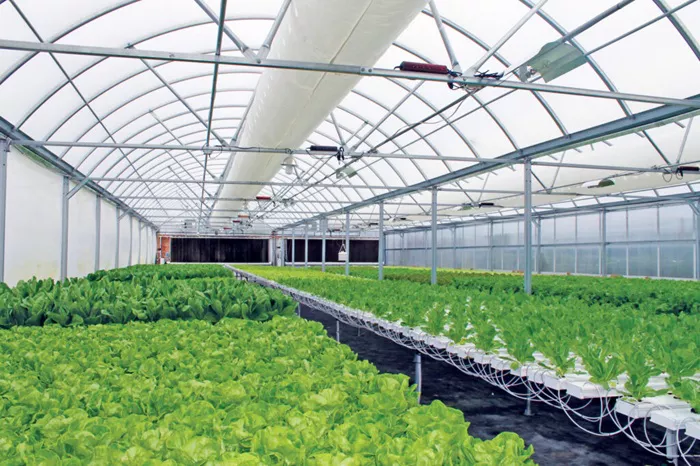A collaborative effort between the University of Almería’s Engineering Faculty and the University of Huelva has yielded an innovative pneumatic device designed to streamline the process of planting seedlings in greenhouses. This new tool, which can be easily affixed to a standard greenhouse work cart, significantly reduces the physical effort required to plant seedlings by over 60%. By providing a more stable application of force, it minimizes the physical strain associated with traditional hole-making methods, thereby reducing the incidence of muscle and joint issues among workers and enhancing occupational safety.
As detailed in the article “Design and Implementation of a Pneumatic Machine for Ergonomic Greenhouse Planting,” published in Smart Agricultural Technology, the device operates on a compressed air mechanism. A pneumatic piston is driven into the ground to create holes, with the tip of the piston tailored to match the size of the root ball. This ensures that the plant fits snugly into the hole created by the device. The tool is manually operated and easily attached to a standard trolley. Users simply position the cart, operate the valve, and the machine takes over, drilling the soil, retracting, and preparing for the next hole. This is a marked improvement over the traditional method, which involved manually punching holes with a steel pipe.
The primary goal of this innovation is to enhance the working posture of greenhouse workers in an affordable and straightforward manner. The device is user-friendly and requires no specialized technical knowledge to operate.
To verify its effectiveness, extensive tests were conducted in a greenhouse at the University of Almería. The team tested the device on two common local soil types: a sandy soil with numerous stones and an even sandier soil. After measuring soil hardness, they found that the machine performs well on heavier soils with appropriate adjustments to air pressure.
The accuracy of the hole depth was also tested, with the ideal depth being 8 cm. Comparisons were made between the force exerted by workers when making holes manually versus using the machine. The results were striking: the new system reduces the required force by 60%. Traditionally, workers had to exert 60 kilos of force per stroke with a steel pipe; with the new tool, this effort is reduced to just 19 kilos.
The system is robust, requiring minimal maintenance, and is more efficient than manual labor. In the long run, it not only saves costs but also improves the quality of plantations.
The researchers highlighted that the mechanism is scalable. “It could be implemented in a robot, automated to make the holes by itself, or to automatically adjust the air pressure based on the type of soil. For now, however, it is intended for experimental farms rather than small-scale producers,” they noted.
Currently in its initial developmental phase, the project is financed by the researchers’ own funds. The team is also working on other tools aimed at improving ergonomics in the horticultural sector.


